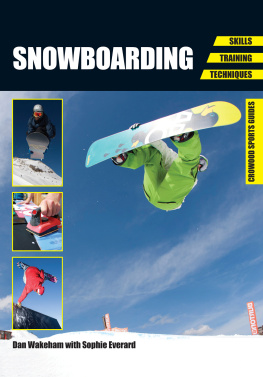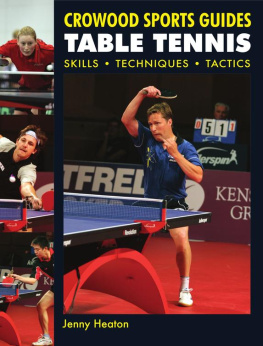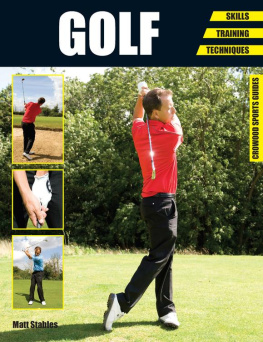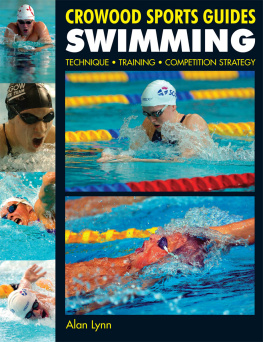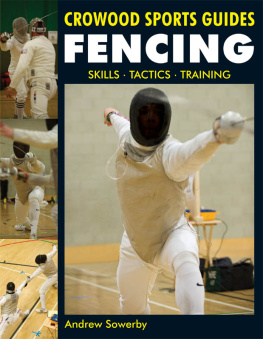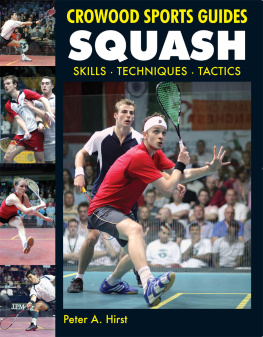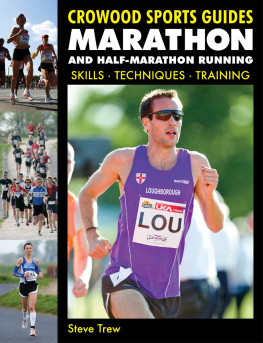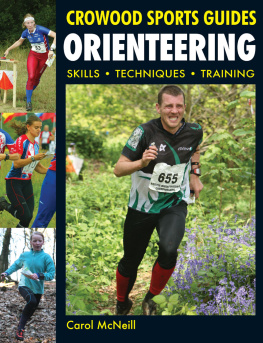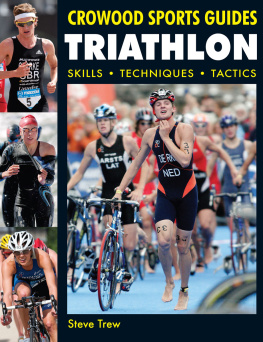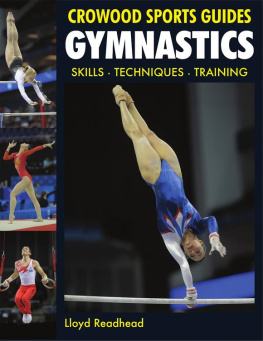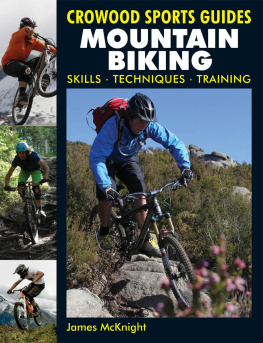This e-book first published in 2013
The Crowood Press Ltd
Ramsbury, Marlborough
Wiltshire SN8 2HR
www.crowood.com
The Crowood Press 2013
All rights reserved. No part of this publication may be reproduced or transmitted in any form or by any means, electronic or mechanical, including photocopy, recording, or any information storage and retrieval system, without permission in writing from the publishers.
British Library Cataloguing-in-Publication Data
A catalogue record for this book is available from the British Library.
ISBN 978 1 84797 637 6
All photographs are by Penny Cross, except where indicated otherwise.
END NOTE
Snowboarding has enjoyed a fast-paced progression from its formative years when it was widely unaccepted in mountain resorts. Snowboarders were typically refused access to the slopes, and the few courageous riders who dared to attempt admission were habitually cast aside. Now, snowboarders are encouraged to visit resorts to train in and out of season. The resorts themselves spend millions constructing and maintaining the best terrain parks and freestyle training facilities. Snowboarders are internationally accepted athletes, endorsing huge corporate brands through marketing and brand promotion. The industry surrounding snowboarding and action sports has also developed in the form of new snowboard brands and innovative product development, allowing the sport to radically advance.
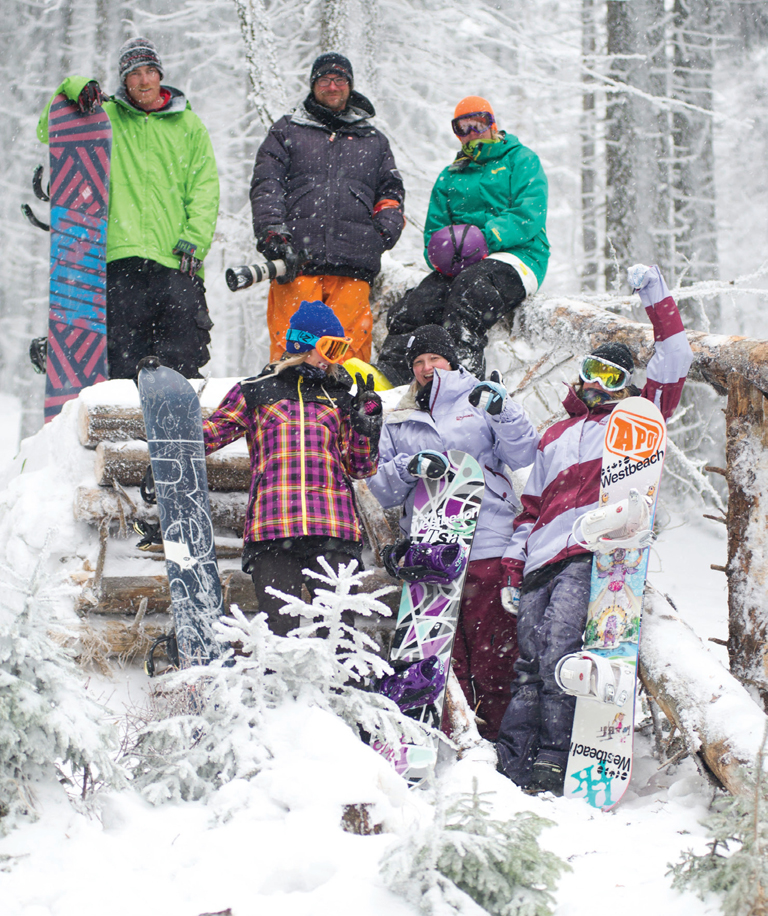
Snowboard trips or holidays can be a great way to make friends, for either the experienced professional or the recreational boarder.
International ski bodies have always typically governed snowboarding, but as snowboarding has matured, the knowledge of the sport and how it should be run has enabled snowboarders to govern snowboarding themselves. Many have started brands, created magazines and documented the sport in its most beautiful mountainous environment through epic photography or cinematography. Technology has enabled people to push boundaries with their equipment and instantly spread their experiences to the world via the internet.
For those young riders who have a talent for snowboarding, a career in snow sports can become a realistic option. By joining a competitive team, the rider can enjoy international travel to global competitive events, and be inspired for a future career in life after snowboarding.
Snowboard trips or holidays can also be a great way to make friends for either the experienced professional or the recreational boarder. Ski resorts are full of active, healthy people, and are ideal for those who like to burn energy and follow an activity on their holiday.
School leavers who are looking for a year out often head out to spend a season in the mountains, honing their snowboard skills. To find out more, please consult the Useful Resources section below.


INDEX
basic snowboard equipment
big air and jumps
bio mechanics
building competition runs
career management
coaching
coaching qualification
competition board selection
competition preparation
competition training
construction of a snowboard
cross-over sports
fitness plan
freeriding
goal setting
halfpipe riding and basics
halfpipe tricks
history of snowboarding
hitting a jump
injury
joining a national team
non Olympic disciplines
Olympic disciplines
off-piste snowboard equipment
pre-competition warm-up
rail riding
rail riding tricks
riding a spine
rotations
servicing your snowboard
slopestyle riding
snowboards for beginners
snowboards for advanced rider
snowboard stance and angles
snowboard cross introduction
snowboard cross equipment
snowboard cross riding techniques
Snow Park guidelines
Snow Park obstacles
sponsorship
step-by-step guide to snowboard maintenance techniques
tricks in the Snow Park


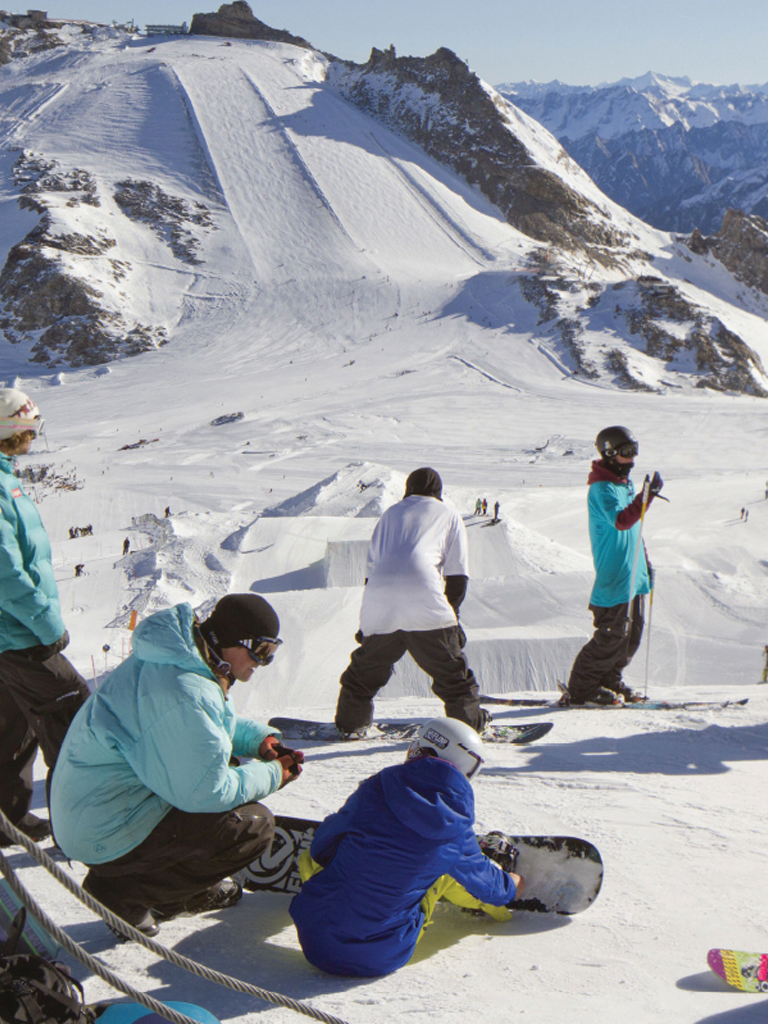
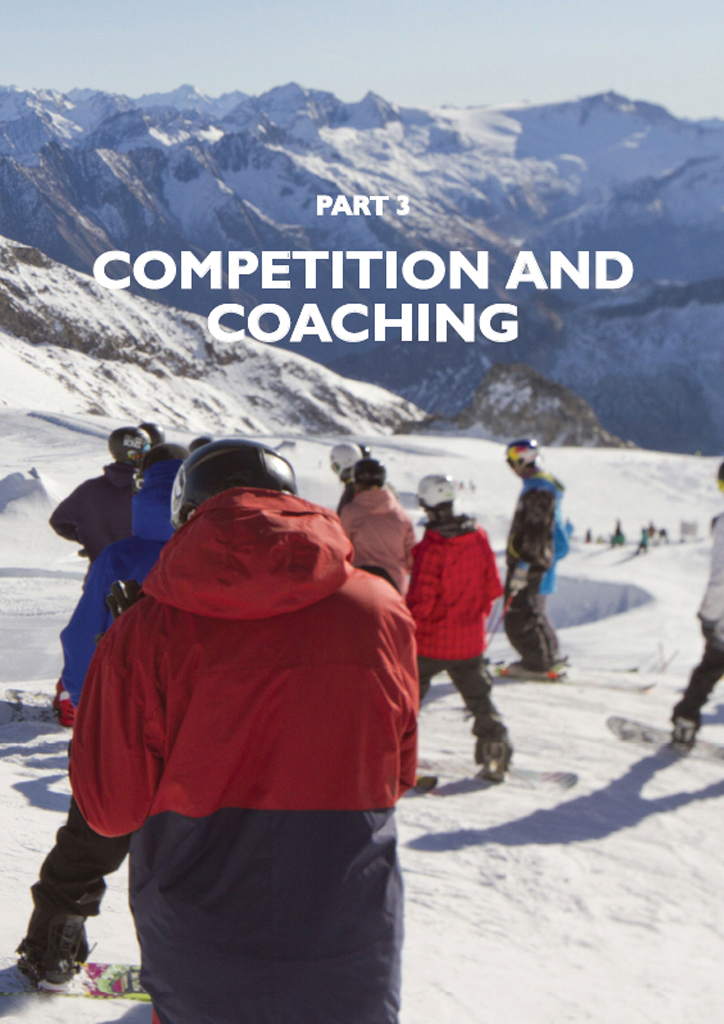
PREFACE
Snowboarding is an exciting sport that charges its participants with adrenalin. Not only does it keep you extremely fit and active through the winter months, it takes you into the world of a competitive sport that is very lifestyle driven and exhilarating. Compared to skiing, snowboarding is still considered to be a relatively new sport, having been included in just four Winter Olympic Games. However, in that short space of time the practice, popularity and coverage of snowboarding has soared, and the slopes of the world have seen a major change from being nearly 100 per cent dominated by skiers, to the split being practically 50:50 between snowboarders and skiers.
In the early days of snowboarding, mainstream media was quick to paint a caricature of the snowboarder as a wayward and dangerous adolescent who was a menace to the mountain slopes. But snowboarding has now enjoyed a complete image turnaround and has developed into an extremely popular and profitable industry. Global snowboard competitions, such as the halfpipe in the Winter Olympics, are given nearly full television coverage and receive terrific viewing figures, if not nearly the lions share, as in the case of the recent Vancouver 2010 Winter Olympics. The professional snowboarder now enjoys a lucrative and rewarding career, bolstered by brand sponsorship and celebrity exposure, their earnings pushing them to the upper echelons of athlete income.

Shaun White at the Burton European Open 2009, Laax, Swizterland. ( Nick Atkins)
This book offers an in-depth understanding of the sport, charting its history from its infancy to the current day, with a detailed account of its rapid development, and its acceptance into the world of competitive sport. An insight into the equipment needed, exactly how to set up a snowboard, and a run-down of the various disciplines, from the Olympic (including the halfpipe, snowboard cross and the parallel slalom) to the non-Olympic (slopestyle, big air and freeride), are covered in extensive detail.
The first experience of the snow park may be somewhat daunting and intimidating for any snowboarder, but the park will be fully described, as will its accepted rules, which are in place to avoid accidents and crashes. How to tackle jumps or kickers, as they are commonly referred to for the first time, and of course how to land from them, will be covered, as will the rather bewildering terminology commonly used in snowboarding, which to an outsider would seem like a foreign language.
Each section is carefully illustrated, and embellished with tips and techniques, sequence photography and diagrams. The correct techniques across each discipline, both Olympic and non-Olympic, are carefully described in order to give a concise understanding of these very different styles of snowboarding. Finally, tips for competition preparation, both for yourself and for your equipment, are addressed, and advice given on how you would make a career out of this dynamic sport.
Next page
